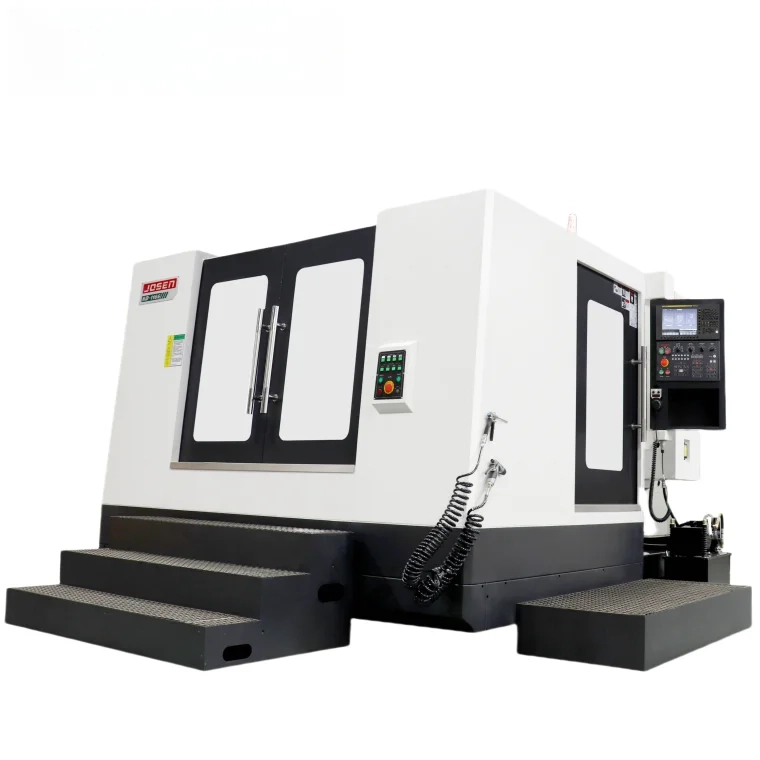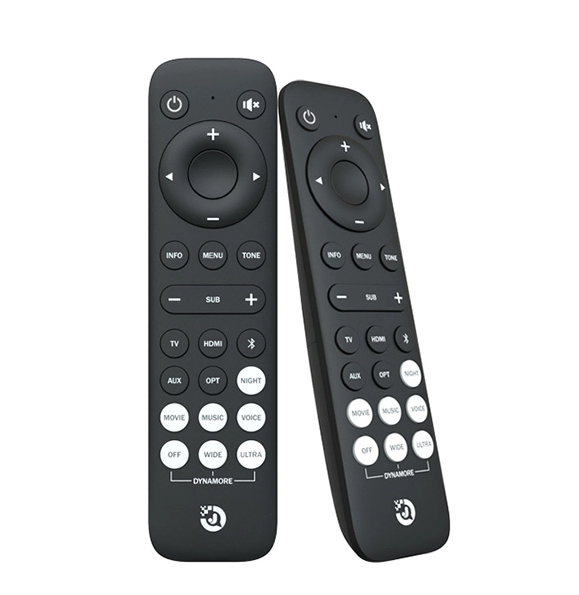In the rapidly evolving world of electronics, ensuring the reliability and functionality of electronic equipment is paramount. Whether it's consumer electronics, industrial machinery, or medical devices, rigorous testing is essential to guarantee performance and safety. This article delves into the commonly used methods, tools, and best practices in the testing of electronic equipment, providing a detailed overview for professionals in the field.
Understanding the Importance of Testing Electronic Equipment
Testing electronic equipment serves multiple purposes: it verifies design integrity, ensures compliance with industry standards, and enhances user safety. The complexity of modern electronics necessitates a multifaceted approach to testing, encompassing various methodologies and tools tailored to specific applications.
Commonly Used Testing Methods
- Functional Testing
Functional testing is a fundamental method that assesses whether an electronic device operates according to its specifications. This involves simulating real-world conditions to evaluate the device's performance. Common techniques include:
- Black Box Testing: This method focuses on input and output without considering internal workings. It is particularly useful for validating user interfaces and overall functionality.
- White Box Testing: In contrast, white box testing examines internal structures or workings of an application. It is beneficial for identifying logical errors and ensuring code quality.
- In-Circuit Testing (ICT)
ICT is a powerful technique used to test individual components on a printed circuit board (PCB) while it is still in the circuit. This method helps identify manufacturing defects, such as soldering issues or component failures, and is essential for high-volume production environments. - Automated Test Equipment (ATE)
ATE systems are designed to perform a series of tests automatically, significantly increasing testing efficiency and accuracy. These systems can execute complex test sequences and provide detailed reports, making them invaluable for large-scale production and quality assurance. - Environmental Testing
Environmental testing evaluates how electronic equipment performs under various environmental conditions, such as temperature extremes, humidity, and vibration. This testing is crucial for devices intended for harsh environments, such as aerospace and automotive applications. - Electromagnetic Compatibility (EMC) Testing
EMC testing ensures that electronic devices do not emit electromagnetic interference (EMI) that could disrupt other devices and that they can operate effectively in the presence of EMI. This testing is vital for compliance with regulatory standards and for ensuring reliable operation in real-world scenarios.
Essential Tools for Testing Electronic Equipment
- Multimeters
Multimeters are versatile tools used for measuring voltage, current, and resistance. They are essential for troubleshooting and verifying circuit functionality. - Oscilloscopes
Oscilloscopes visualize electrical signals, allowing engineers to analyze waveforms and diagnose issues in real-time. They are crucial for understanding signal integrity and timing issues in complex circuits. - Spectrum Analyzers
Spectrum analyzers measure the magnitude of an input signal versus frequency within a specified frequency range. They are essential for EMC testing and for analyzing the frequency response of electronic devices. - Logic Analyzers
Logic analyzers capture and display multiple signals from a digital circuit, providing insights into the timing and logic states of the system. They are invaluable for debugging complex digital systems. - Test Fixtures
Custom test fixtures are designed to hold and connect devices under test (DUT) to testing equipment. They ensure accurate measurements and facilitate efficient testing processes.
Best Practices for Effective Testing
- Develop a Comprehensive Test Plan
A well-structured test plan outlines the objectives, methodologies, and criteria for success. It serves as a roadmap for the testing process and ensures that all necessary tests are conducted systematically. - Implement Continuous Testing
Continuous testing throughout the development cycle helps identify issues early, reducing the cost and time associated with late-stage defect discovery. - Utilize Data Analytics
Leveraging data analytics can enhance testing processes by identifying patterns and trends in test results, leading to improved design and manufacturing practices. - Stay Updated with Industry Standards
Compliance with industry standards, such as ISO, IEC, and MIL-STD, is crucial for ensuring the reliability and safety of electronic equipment. Regularly updating testing protocols to align with these standards is essential.
Conclusion
Testing electronic equipment is a complex but critical process that ensures the reliability, safety, and performance of devices across various industries. By employing a combination of testing methods, utilizing advanced tools, and adhering to best practices, professionals can effectively navigate the challenges of electronic testing. As technology continues to advance, staying informed about the latest testing techniques and tools will be essential for maintaining high standards in electronic equipment testing.






+ There are no comments
Add yours